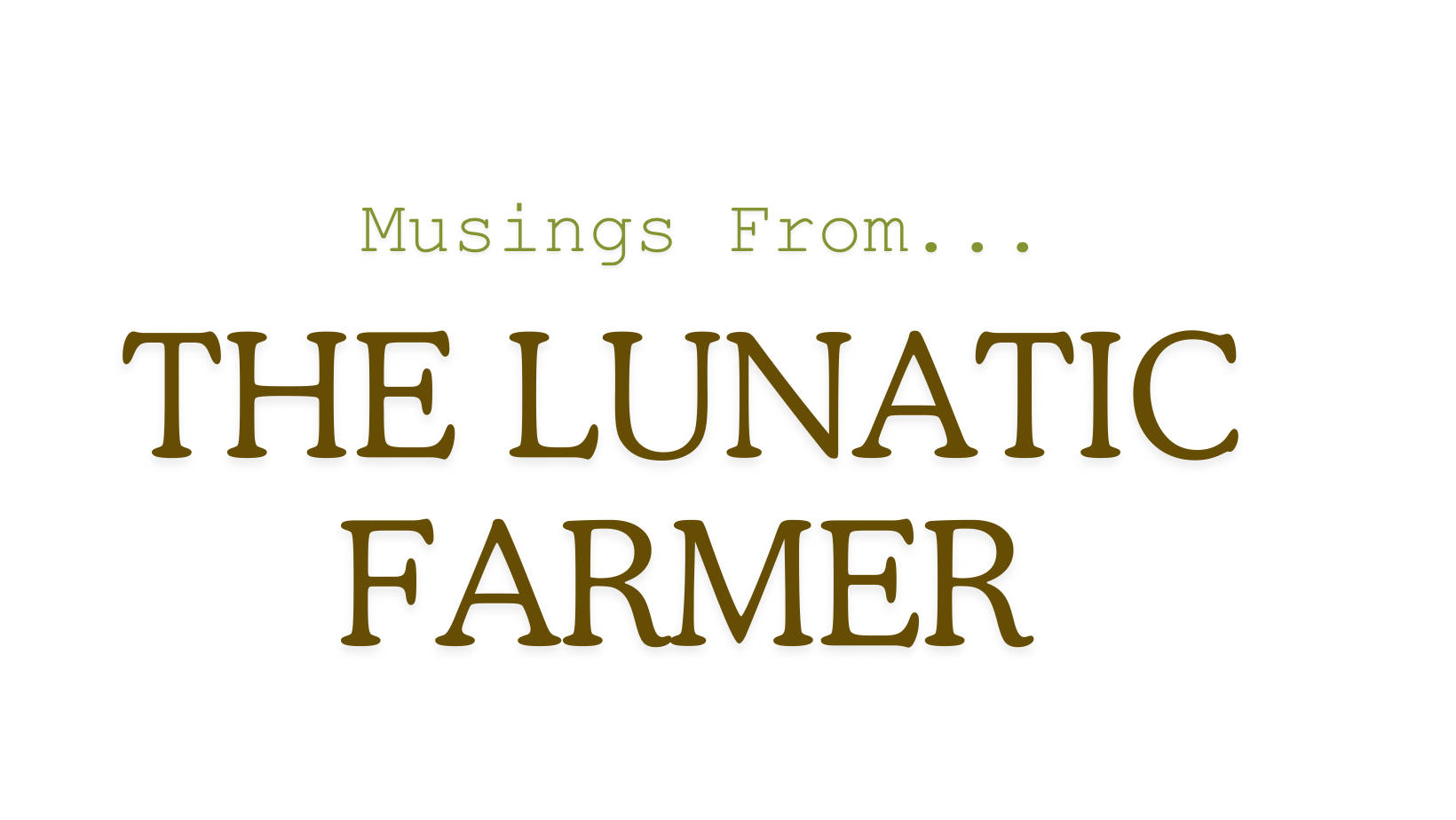FUR FURY
Dec. 11, 2018
The fur industry is fighting back against the fake fur industry. Real fur tallies up $1.2 billion in U.S. sales per year, but it's been losing ground in recent years to animal rights groups who promote fake fur. The real fur folks are fed up and have now launched an anti-fake fur campaign, according to the Wall Street Journal.
Here are the main talking points for real fur:
1. Legacy garments become heirlooms, worn for generations.
2. Natural decomposition if and when the garment is discarded. Plastic doesn't.
3. Fake fur is made from petroleum-based stuff: nylon, acrylic, etc., and slough off microplastics that threaten aquatic life.
As good as these are, they missed a big one: PROTECT PASTURED POULTRY!
Around our farm, we're constantly trying to outsmart carnivorous furry predators who think a group of pastured chickens looks like a freezer full of ice cream. Anyone who has not seen what these furry critters do to feathered friends has missed true violence and carnage. Intestines strewn all over the field. Wounded chickens with legs ripped off, heads scalped, and wings missing.
Wearing these predators' fur on my back is the ultimate just desserts. I think the real fur industry should show pictures of mass violence in a pastured chicken field to stimulate empathy for wearing these perpetrators. Years ago, before factory farming, before plastics, these furry predators had a price on their heads around every backyard and farmyard in the country. Trapping often provided farm children spending money and helped the family stay on the land.
Just 80 years ago, a good fox pelt would bring $50. Today, that pelt is worth less than $5, often only 50 cents. The result? Nobody traps anymore. The result? More than 50 percent of foxes in the wild have mange. That's a terribly painful and slow way to die, developed by nature to balance an over-population of foxes. Animal rightists would rather see pastured chickens ripped apart by foxes and slow, painful mange deaths than see a participatory human ecology. Rabies is also a natural balancing act.
This is not a justification for factory fur farms; it is an argument for participatory environmentalism and the non-contrived clothing economy such historically and normal activities ensure.
Does anyone in your family have grandma's fur coat?
